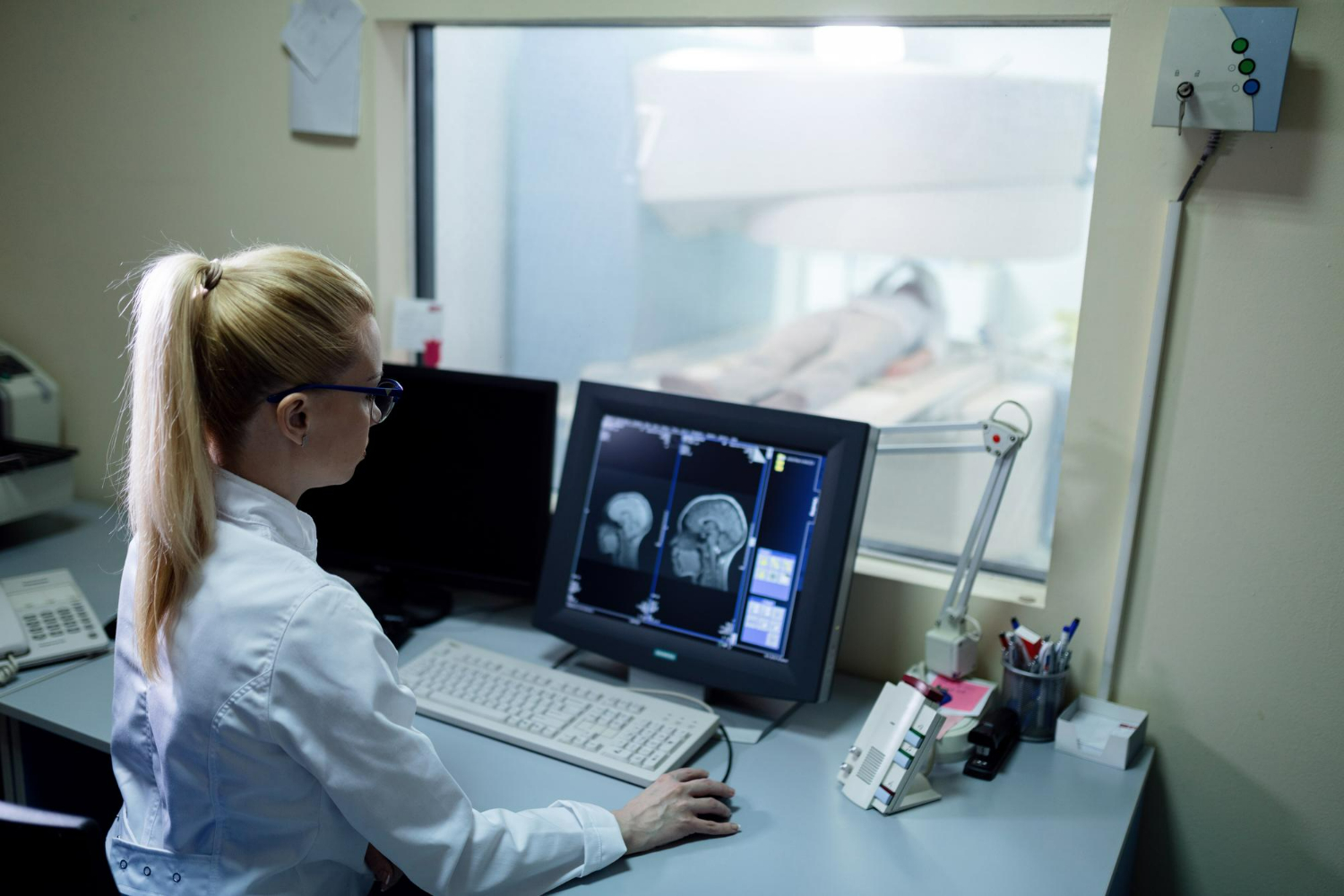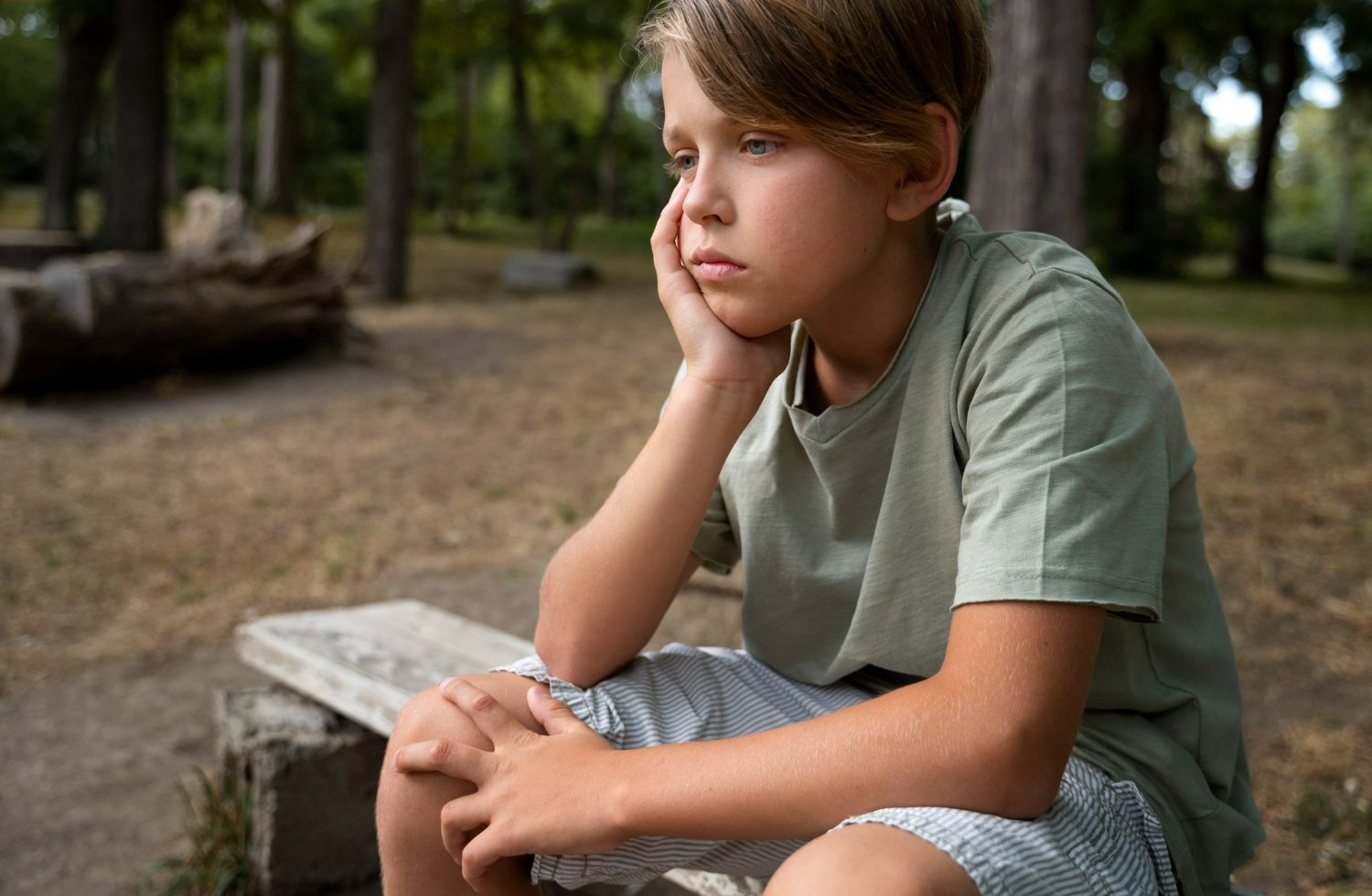Introduction
Diverticulitis, a condition characterized by the inflammation or infection of small pouches called diverticula in the digestive tract, requires comprehensive understanding. Delving into its causes, symptoms, and diagnosis is crucial for effective management and prevention of complications.
Causes of Diverticulitis
Formation of Diverticula
The development of diverticula occurs due to weaknesses in the colon wall, compounded by increased pressure within the colon. These pouches, usually formed in areas where blood vessels penetrate the colon wall, are susceptible to inflammation and infection.
Factors Contributing to Diverticulitis
Various factors contribute to the development of diverticulitis, including age, diet low in fiber, obesity, and lack of physical activity. Aging weakens the colon wall, while a diet low in fiber increases the risk of constipation, exacerbating the condition.
Symptoms of Diverticulitis
Abdominal Pain
Abdominal pain, typically located in the lower left side, serves as a hallmark symptom of diverticulitis. The severity and duration of pain may vary, ranging from mild discomfort to intense, persistent agony.
Changes in Bowel Habits
Alterations in bowel habits, such as constipation or diarrhea, often accompany diverticulitis. These changes may result from inflammation or infection within the diverticula, leading to disruptions in normal bowel function.
Fever and Chills
Fever and chills may indicate the presence of infection in diverticula. Elevated body temperature and shivering represent the body’s immune response to combat the underlying bacterial invasion.
Nausea and Vomiting
Nausea and vomiting may occur as secondary symptoms of diverticulitis, particularly in cases of severe inflammation or complications such as abscess formation. These symptoms may accompany abdominal pain and contribute to overall discomfort.
Diagnosis of Diverticulitis
Medical History and Physical Examination
A thorough medical history and physical examination form the initial steps in diagnosing diverticulitis. Healthcare providers inquire about symptoms, medical history, and risk factors, while physical examination focuses on assessing abdominal tenderness and signs of infection.
Diagnostic Tests
Diagnostic tests, including imaging studies such as CT scans and MRIs, play a pivotal role in confirming the diagnosis of diverticulitis. Additionally, blood tests, such as white blood cell count, aid in assessing the presence of infection and inflammation.
Differential Diagnosis
Distinguishing diverticulitis from other gastrointestinal conditions, such as irritable bowel syndrome and colon cancer, is essential to ensure accurate diagnosis and appropriate treatment. Healthcare providers consider clinical presentation, imaging findings, and laboratory results in making a differential diagnosis.
Treatment of Diverticulitis
Mild Diverticulitis
Mild cases of diverticulitis often respond well to conservative treatment measures, including antibiotics and dietary modifications. Clear liquids and a low-fiber diet may alleviate symptoms and promote healing of inflamed diverticula.
Severe Diverticulitis
Severe cases of diverticulitis may necessitate hospitalization for intravenous antibiotics and close monitoring. In some instances, surgical intervention may be required to drain abscesses or resect the affected portion of the colon.
Complications and Surgical Intervention
Complications of diverticulitis, such as perforation of the colon and abscess formation, may require surgical intervention to mitigate risks and prevent further complications. Colon resection may be necessary in cases of recurrent diverticulitis or complications refractory to medical management.
Prevention of Diverticulitis
High-Fiber Diet
Consuming a diet rich in fiber, including fruits, vegetables, whole grains, and legumes, helps prevent constipation and promotes regular bowel movements, reducing the risk of diverticulitis.
Regular Exercise
Engaging in regular physical activity aids in maintaining optimal colon health by promoting bowel regularity and reducing the risk of obesity, a known risk factor for diverticulitis.
Weight Management
Maintaining a healthy weight through a balanced diet and regular exercise is essential for preventing diverticulitis and reducing the risk of complications associated with obesity.
Complications of Diverticulitis
Perforation of the Colon
Perforation of the colon, a serious complication of diverticulitis, may result in peritonitis and sepsis if left untreated. Prompt recognition and surgical intervention are essential for minimizing morbidity and mortality associated with colonic perforation.
Abscess Formation
Abscess formation within diverticula or surrounding tissues may occur in severe cases of diverticulitis, necessitating drainage and antibiotic therapy to prevent systemic infection and septic shock.
Fistula Formation
Formation of fistulas, abnormal connections between the colon and adjacent organs or tissues, represents a rare but potentially serious complication of diverticulitis. Surgical intervention may be required to repair fistulas and restore normal anatomy.
Prognosis and Outlook
Recurrence Rates
The recurrence rates of diverticulitis vary depending on various factors, including age, severity of the initial episode, and adherence to preventive measures. Close monitoring and lifestyle modifications may help reduce the risk of recurrent episodes.
Long-Term Complications
Long-term complications of diverticulitis, such as chronic diverticulitis and development of diverticulosis, underscore the importance of ongoing management and surveillance. Regular follow-up with healthcare providers is essential for monitoring disease progression and preventing complications.
Lifestyle Modifications for Diverticulitis Management
Introduction to Lifestyle Changes
Lifestyle modifications, including dietary adjustments, regular exercise, and weight management, play a crucial role in managing diverticulitis and reducing the risk of recurrent episodes. Incorporating these changes into daily routines promotes overall colon health and enhances quality of life.
Diet Recommendations
Consuming a diet high in fiber, fluids, and probiotics supports digestive health and reduces the risk of diverticulitis flare-ups. Emphasizing whole foods and minimizing processed foods helps maintain bowel regularity and prevents constipation.
Hydration and Fluid Intake
Staying adequately hydrated by drinking plenty of fluids throughout the day promotes softening of stool and facilitates bowel movements, reducing the risk of diverticulitis exacerbations. Water, herbal teas, and low-sugar beverages are optimal choices for hydration.
Exercise and Physical Activity
Engaging in regular physical activity, such as brisk walking, cycling, or swimming, improves gastrointestinal motility and reduces the risk of constipation, a common trigger for diverticulitis. Aim for at least 30 minutes of moderate-intensity exercise most days of the week for optimal colon health.
Conclusion
In conclusion, understanding the causes, symptoms, and diagnosis of diverticulitis is essential for effective management and prevention of complications. Early recognition of symptoms, prompt medical evaluation, and adoption of healthy lifestyle habits are key to minimizing the impact of diverticulitis on overall health and well-being. By prioritizing preventive measures and adhering to treatment recommendations, individuals can reduce the risk of recurrent episodes and optimize long-term outcomes.



















